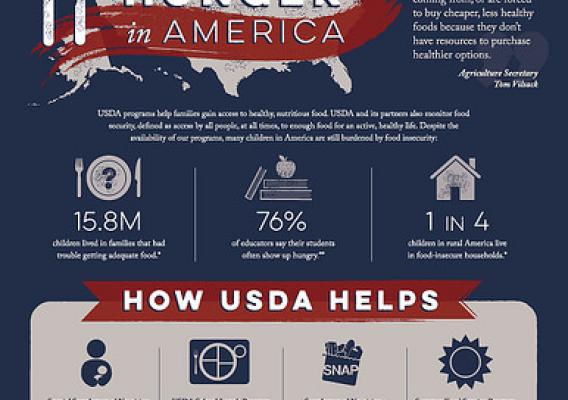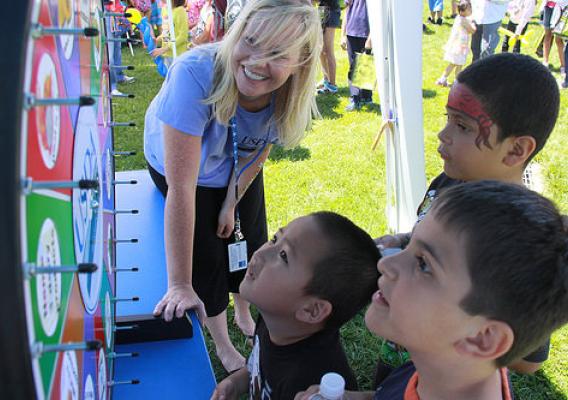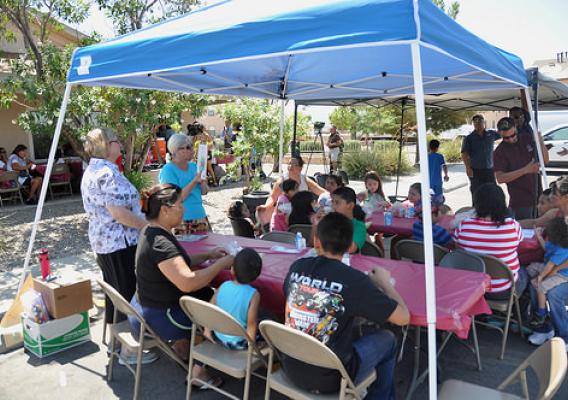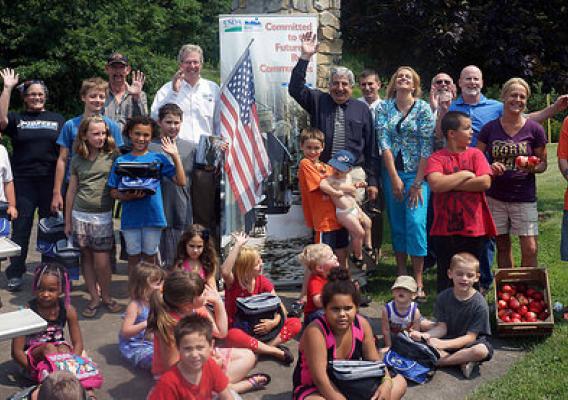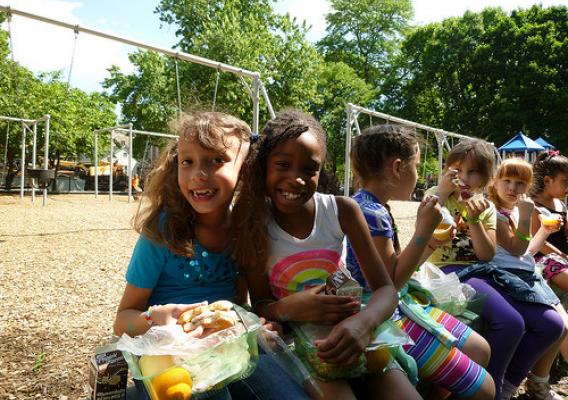The following guest blog was submitted by Kyle Zimmer, CEO of First Book, a nonprofit social enterprise that provides access to free and low-cost books to children in need. Many USDA summer meals sites provide not only healthy meals and snacks, but also offer physical activity and enrichment activities to keep children and teens engaged and coming back. First Book serves up a helping of books and educational resources to support these meals sites while they provide healthy options when school is out for the summer.
By Kyle Zimmer, CEO of First Book
We all know that nutrition is closely tied to school performance. Brains and bodies need healthy foods to nourish and nurture their development. While schools play a critical role in providing free and reduced cost breakfasts and lunches during the school year, those needs can be even greater in the summer when children are out of school and families’ limited food budgets need to account for those extra meals. Fortunately, thanks to the federally-funded Summer Food Service Program (SFSP), healthy summer meals are available for children in low-income neighborhoods. We just have to work together to make sure families know about summer meals programs available in their community.


